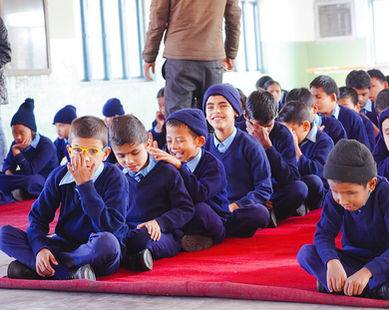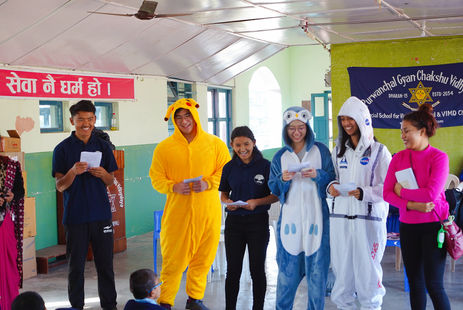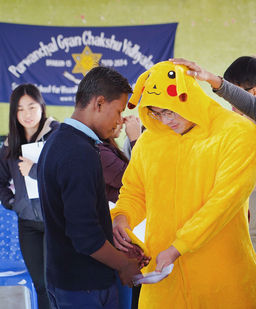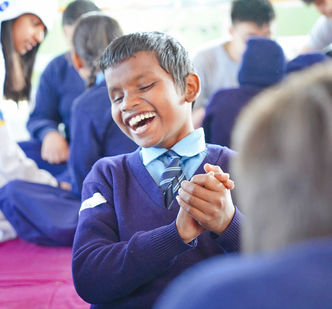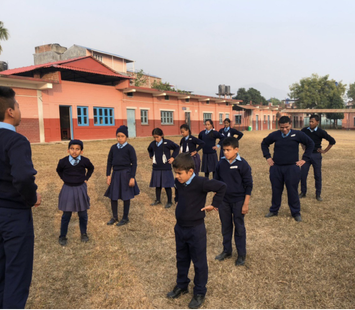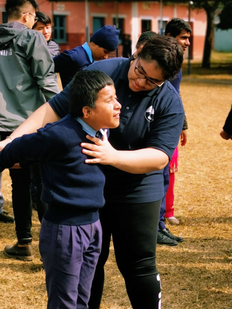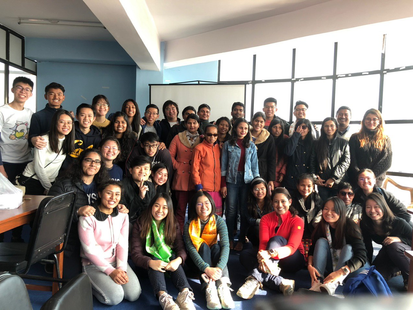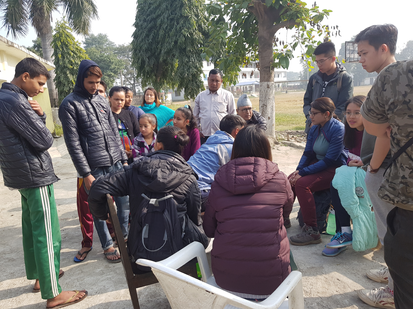
2019 - 2020 TRIP
In December 2019, Project Aasha visited Biratnagar, Morang, Jhapu and Kathmandu in Nepal
The team led by Dr Rupesh Agrawal, Dr Gayathri Devi D/O Nadarajan and Dr Kumaran Rasappan, comprised of Mr Hakim Lim, a Physiotherapist at Khoo Teck Puat Hospital, 5 Physiotherapy students from Singapore Institute of Technology (SIT) and 15 Medical students from Lee Kong Chian (LKC) School of Medicine.
In Nepal, the team visited Birat Eye Hospital, Shree Purwanchal Vidhyalaya Gyanchakshu School of the Visually Impaired and Blind Youth Association Nepal (BYAN). The team also made recce visits to Kabir Secondary School, Saraswati Secondary School, and Central Secondary School for the Deaf.
BIRAT EYE HOSPITAL
A team of doctors from Singapore was led by Dr Rupesh Agrawal and consisted of Dr Nathan Xu, Dr Sandy Zhou, Dr Gloria Song and Dr Song Wenjun. Alongside the doctors from Singapore were surgeons from Birat Eye Hospital (BEH) , led by Dr Anadi. Together, they successfully completed a total of 506 cataract surgeries over the course of four days, surpassing last year’s record of 200 surgeries. Our medical students got to understand the whole flow of the hospital processes and were even able to observe the cataract surgeries up close. Our physiotherapy students conducted physiotherapy assessments for patients in the waiting areas, identify common musculoskeletal complaints and taught simple exercises to alleviate their pain.
SHREE PURWANCHAL VIDHYALAYA GYANCHAKSHU SCHOOL OF THE VISUALLY IMPAIRED
Project Aasha conducted First Aid and Physiotherapy teaching sessions for 60 visually impaired students over 2 days. This programme aimed to address the high incidence of injuries and musculoskeletal problems faced by the students due to their visual impairments, as well as teaching them lifelong skills. The focus of the First Aid programme was to equip the students with manageable, basic first aid skills for them to perform on themselves and their peers in times of need. The programme consisted of both theoretical and practical aspects. The main objectives of the Physiotherapy teaching session were to educate the students on long-term management of secondary visual impairment, as well as to promote physical activity through modified versions of popular sports and games, making it safer for their participation.
BLIND YOUTH ASSOCIATION NEPAL
Project Aasha visited Blind Youth Association Nepal (BYAN), a rights-based organisation that aims to advocate for the rights of visually-impaired persons in Nepal. Since 2015, they have been working on various projects in 9 district chapters, across the 7 different provinces throughout Nepal. Out of the 89 integrated schools in Nepal, BYAN’s efforts has reached 18-20 of them, 10 of them are earthquake-affected. Through the conversations with 11 youths with visual impairments and the BYAN staff, we managed to glean some important insights into the achievements and challenges experienced by BYAN as well as to establish partnership for future collaborations.
RECCE TRIPS
Project Aasha visited three different schools around Morang, Jhapu and Kathmandu, namely Kabir Secondary School, Saraswati Secondary School and the Central Campus of the Deaf (Kathmandu). We discussed with the schools’ leaders their most pressing needs and possible collaborations with them. We also explored the possibility of adapting our first aid curriculum at Shree Purwanchal Vidhyalaya Gyanchakshu School for the Visually Impaired to suit the needs of these schools, taking into account the different student demographics.
We had the honour of speaking with two representatives from Kabir Secondary School: Mr Hemchandra Timisina, a teacher for subjects at the primary level, as well as Mr Narendra, a school management committee member who also served as a representative from the school’s parent group. We also had the opportunity to meet with the stand-in Principal of Saraswati Secondary School and some of the visually impaired students who were on-campus at the time of our visit. These 2 schools are integrated schools which consist of both non-visually impaired and visually impaired students.
Last but not least, the team managed to visit the Central Secondary School for the Deaf. The meeting with Principal Upendra to discuss possible collaborations gave us a fresh perspective on life as a student with disabilities other than visual impairment. This will be important for us if we envision curricula that can empower students regardless of ailments or struggles.







